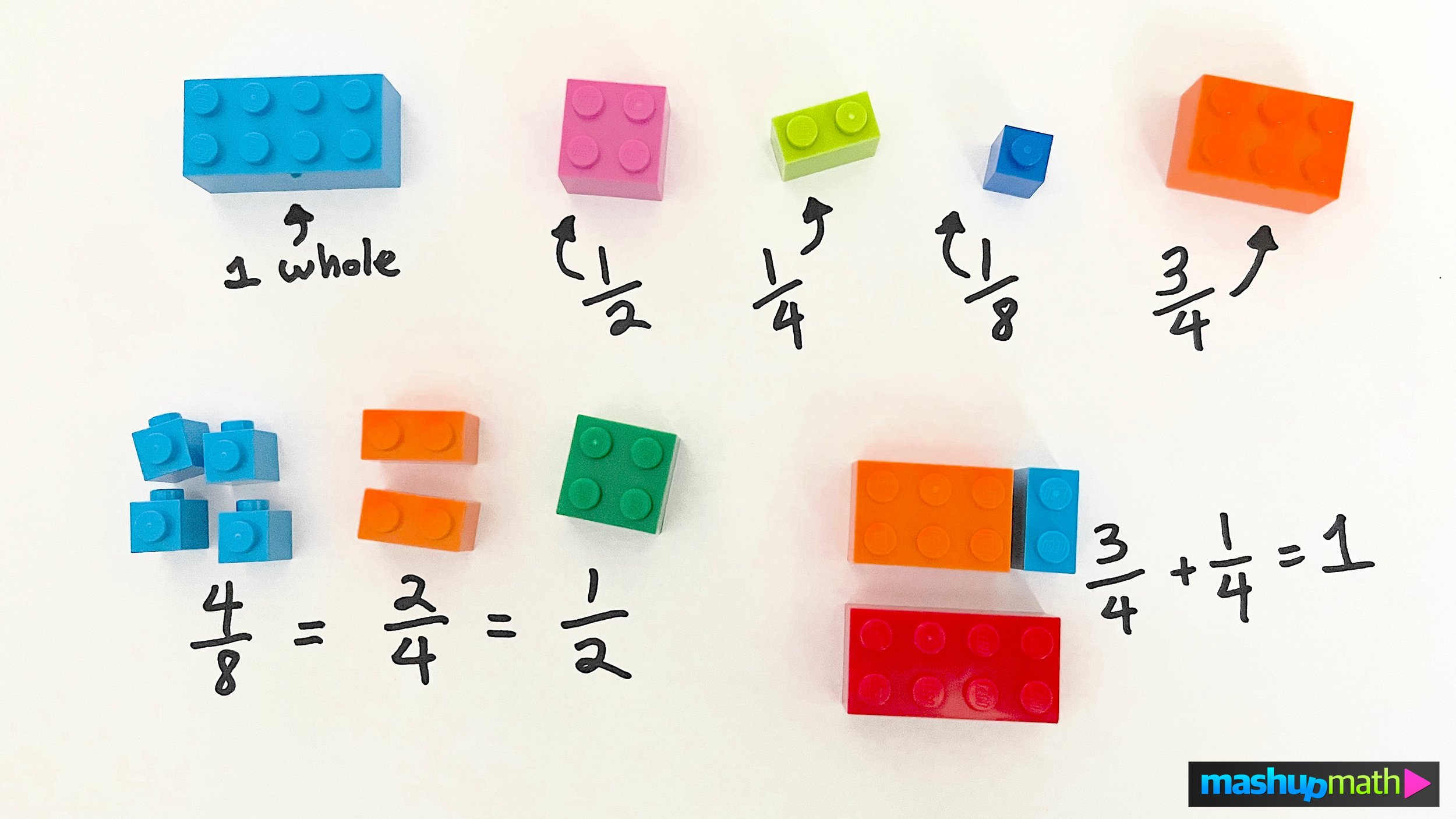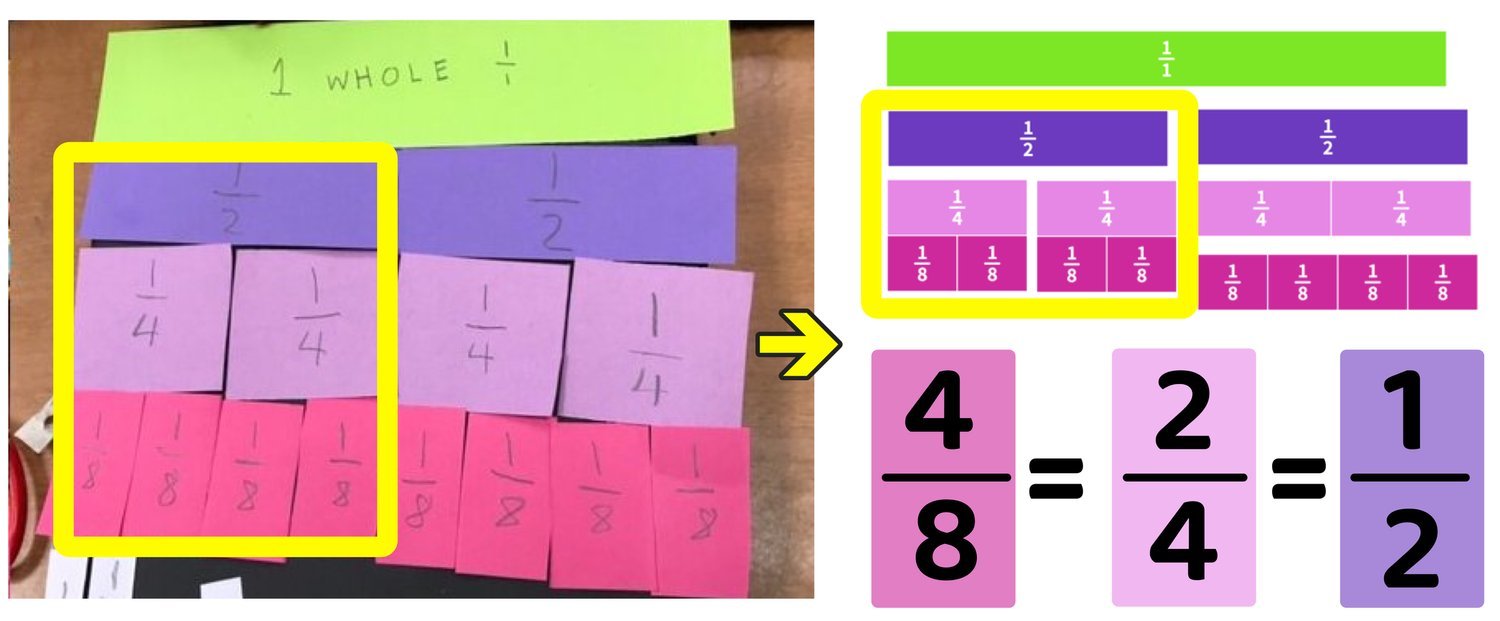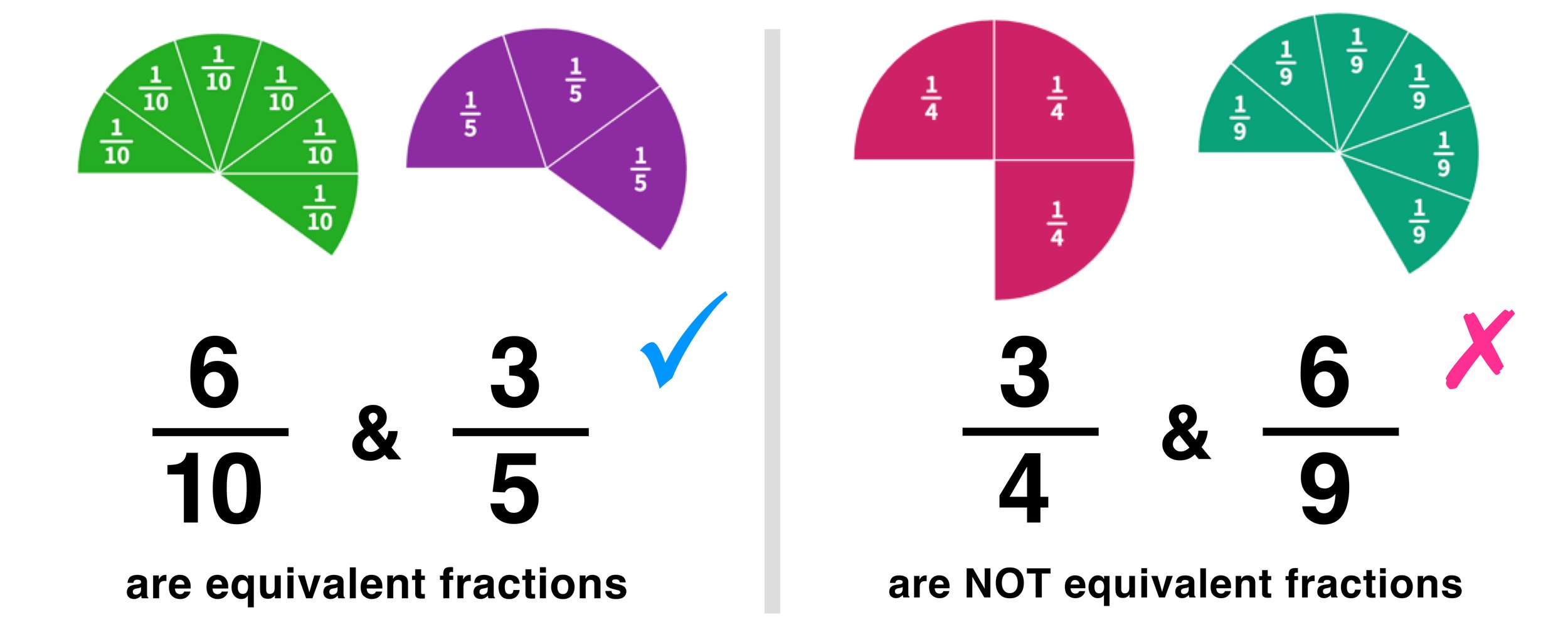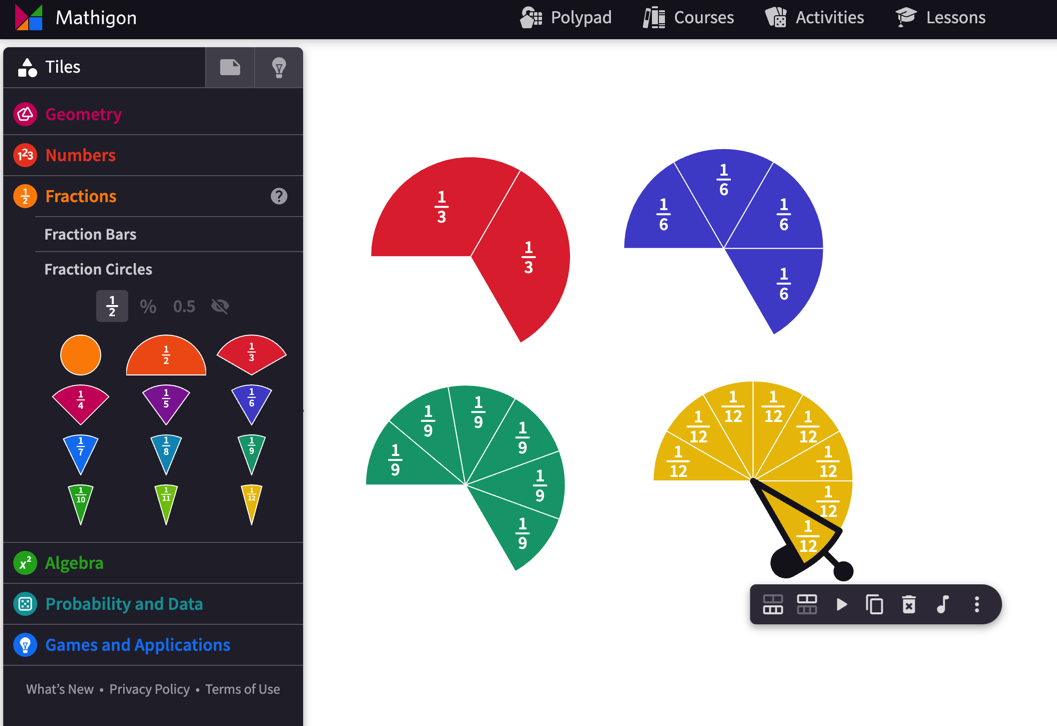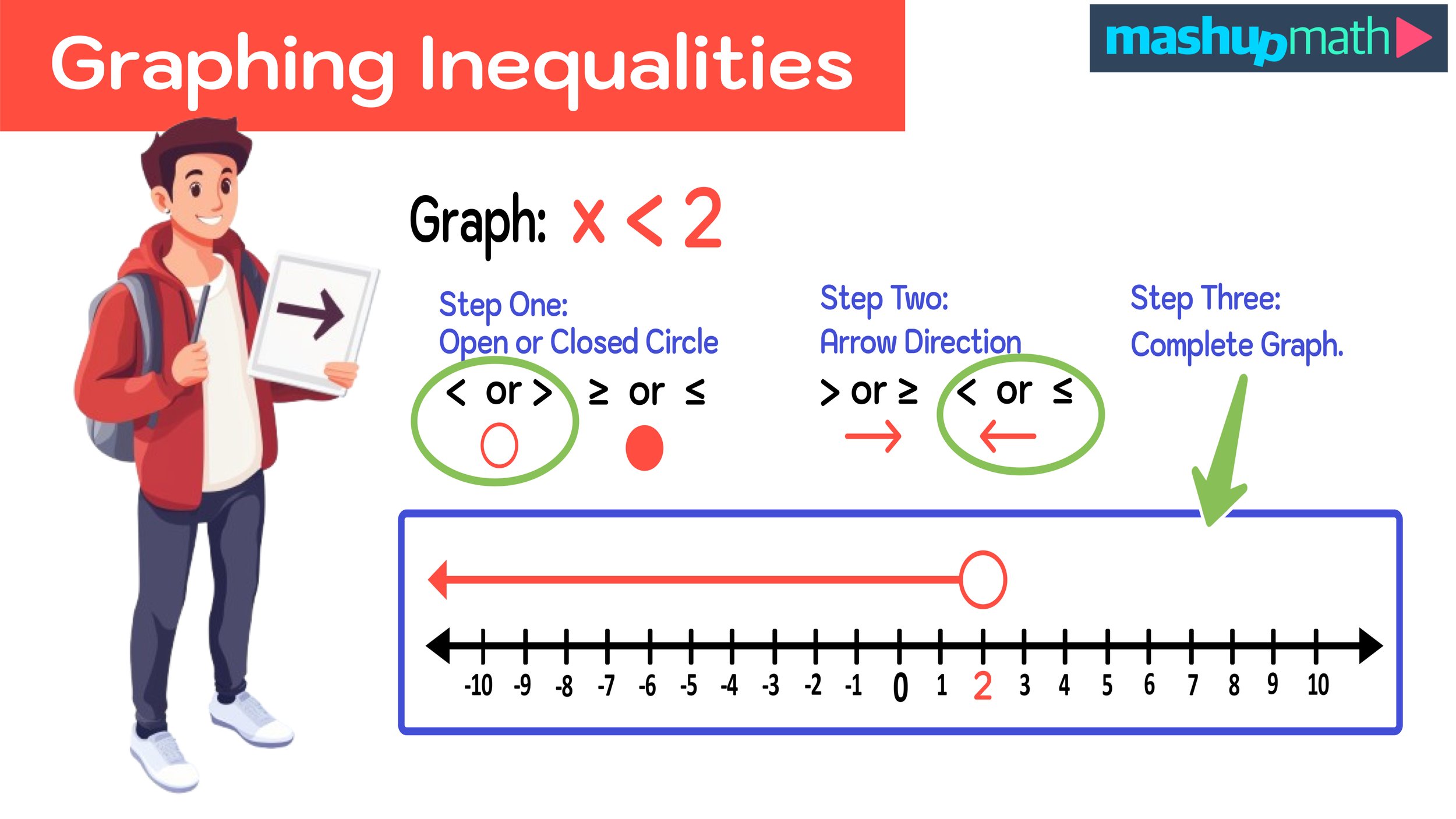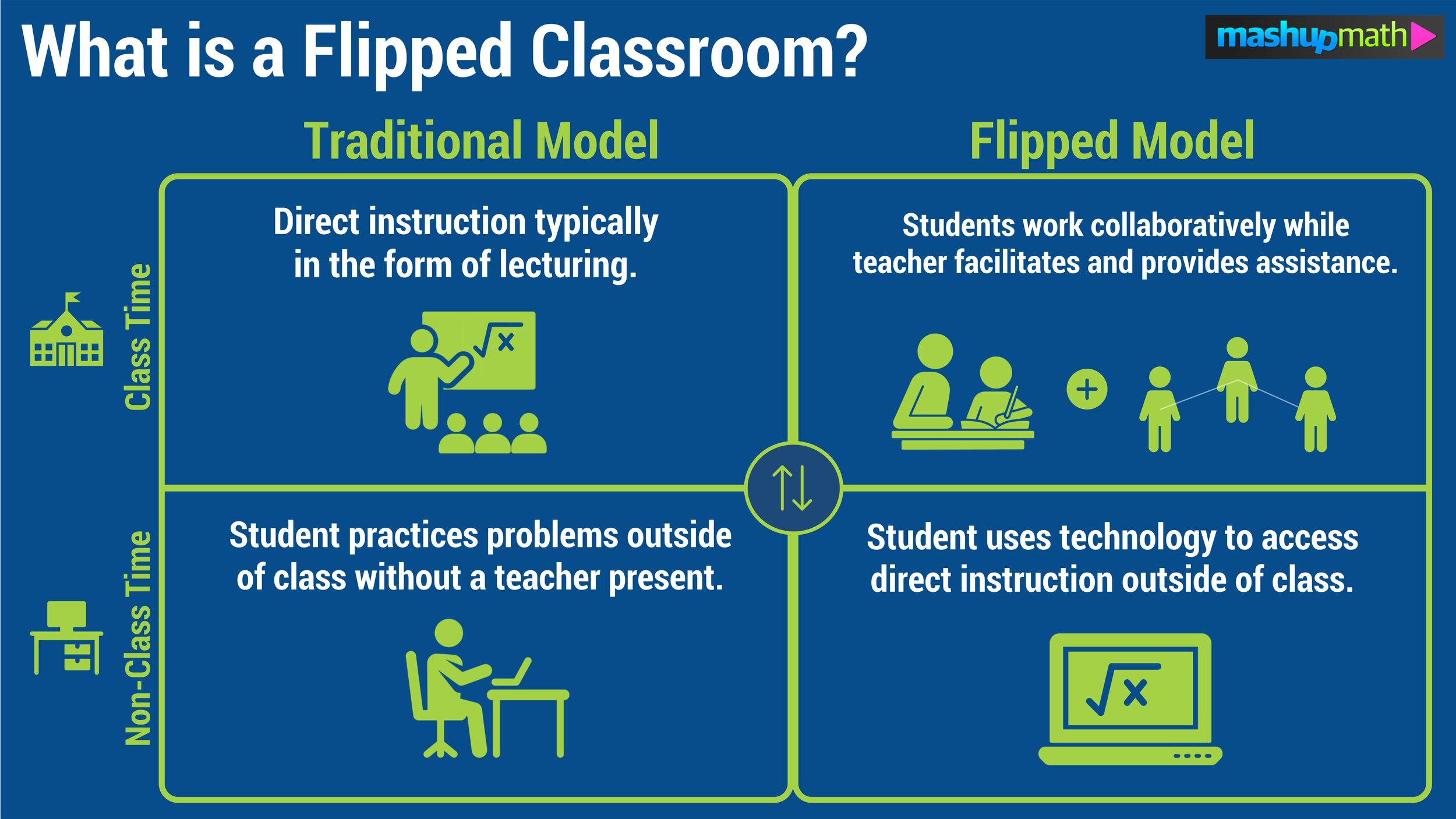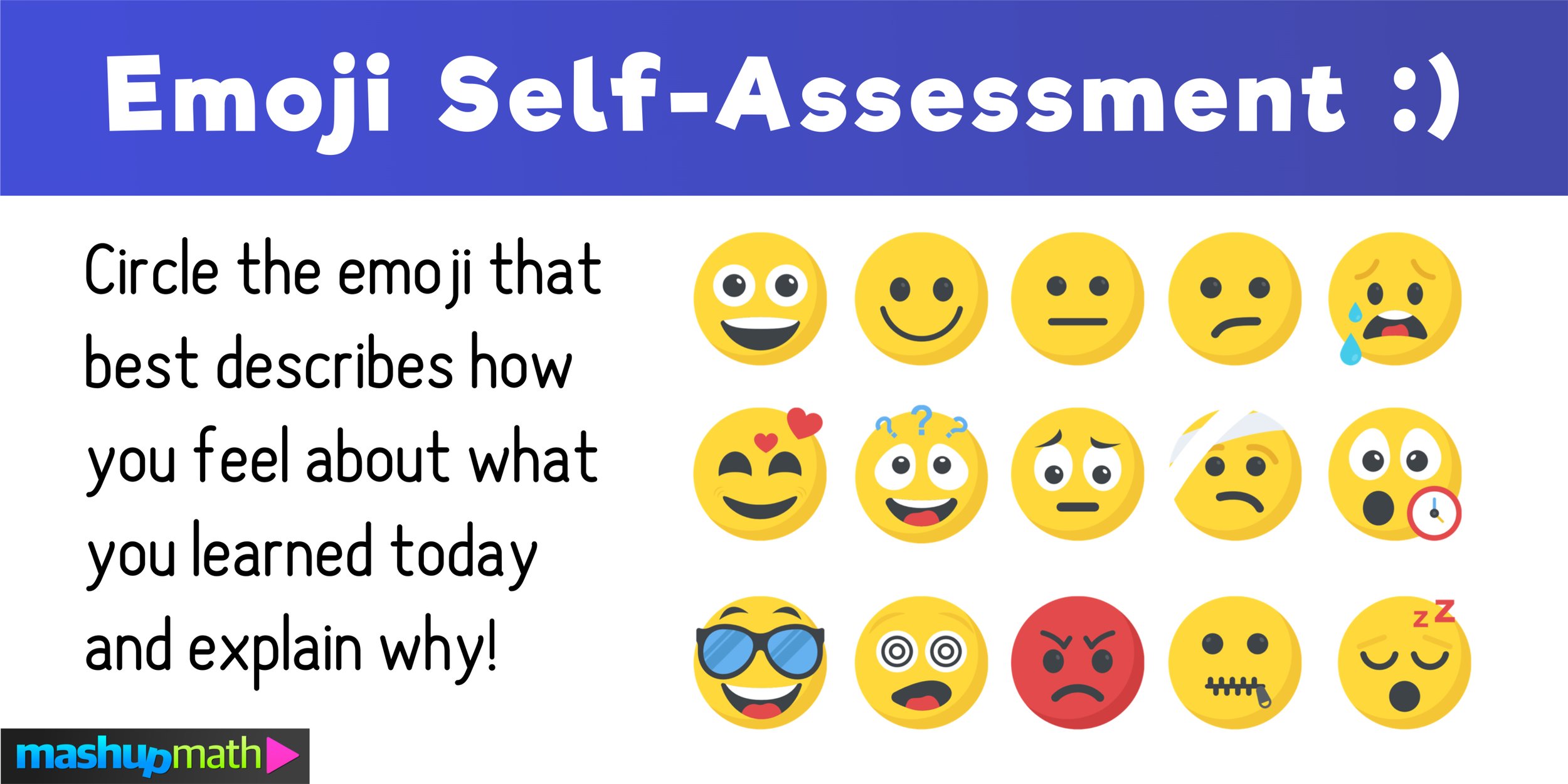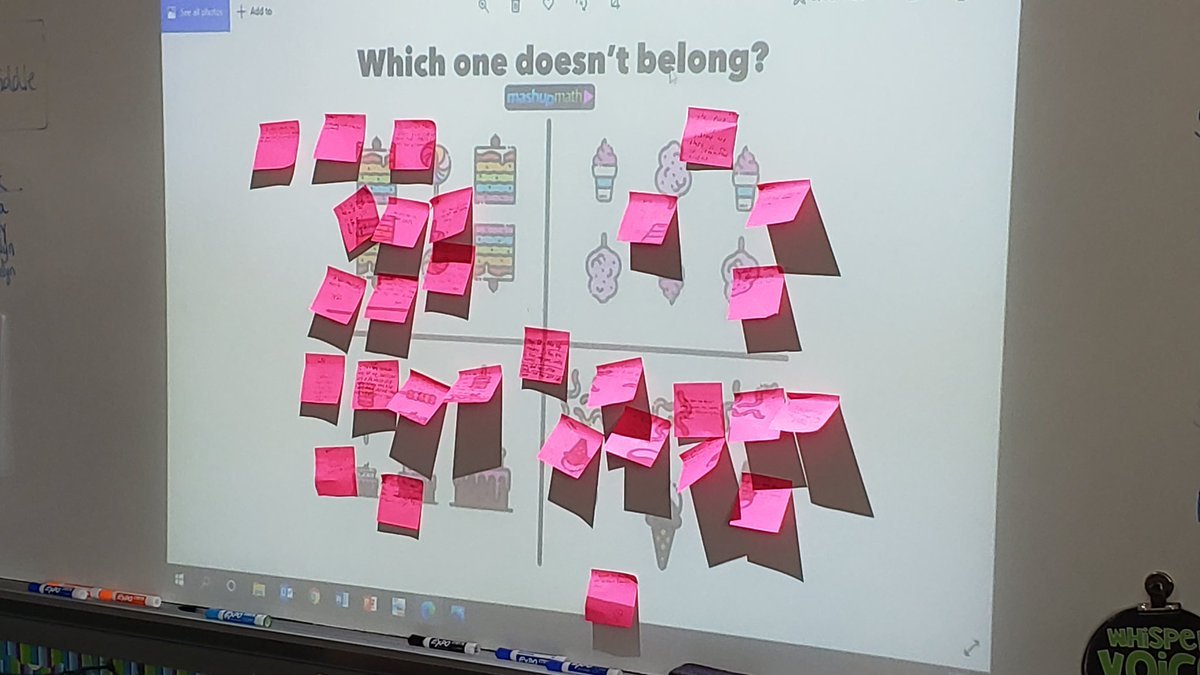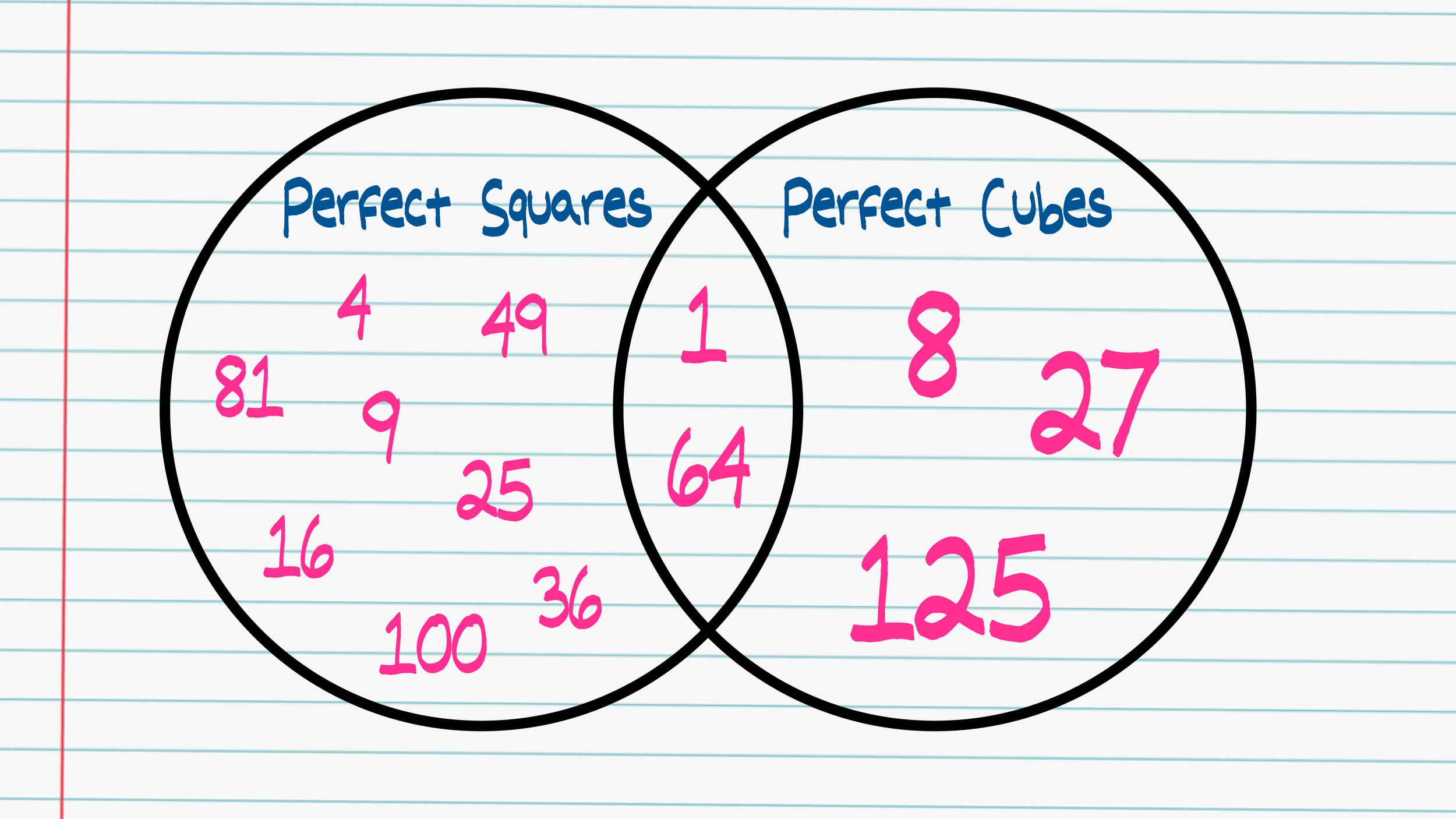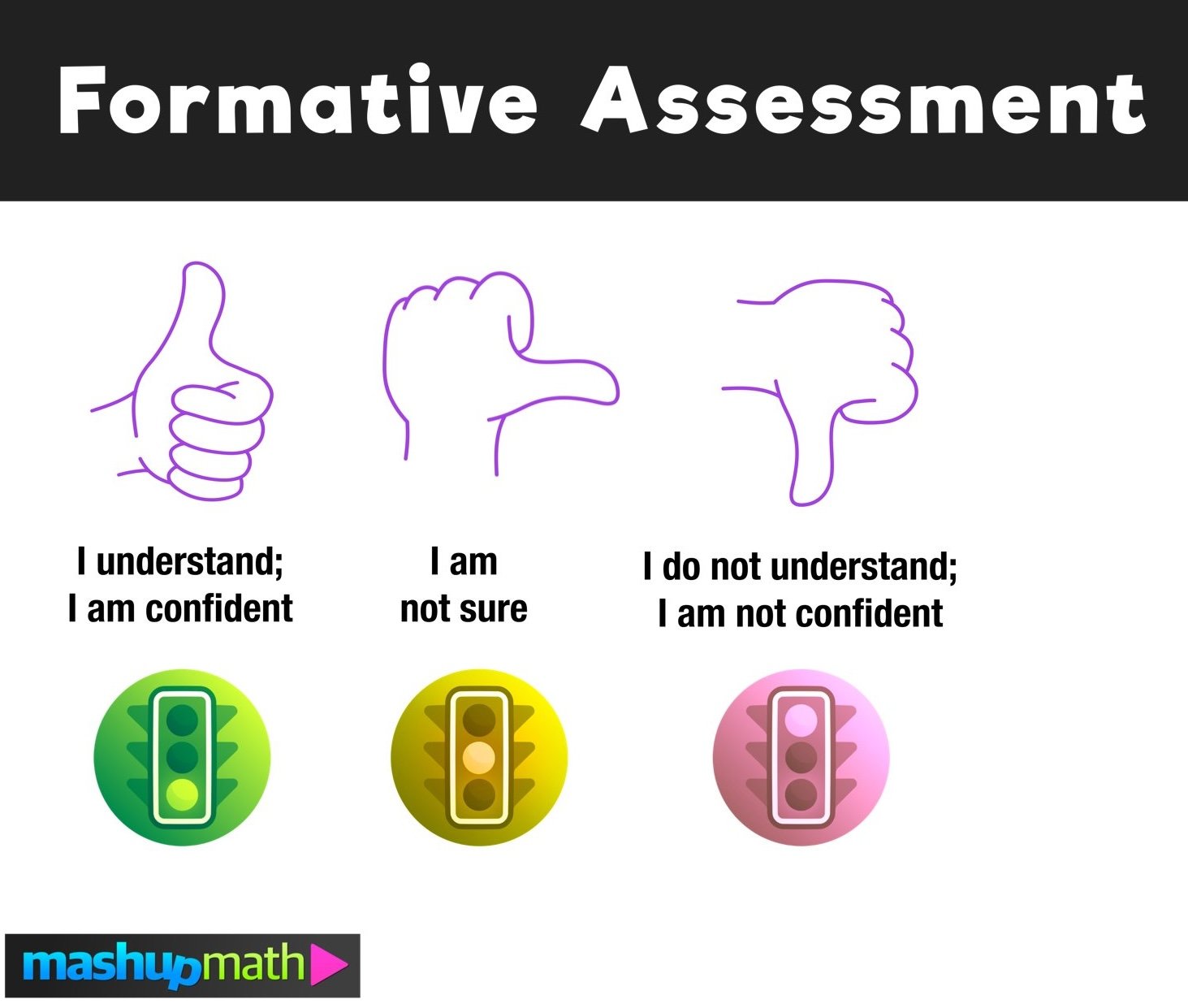5 Free Equivalent Fractions 3rd Grade Resources
The best equivalent fractions for 3rd graders resources includes worksheets, activities, and games
Equivalent fractions for 3rd graders: This guide shares several free activities and worksheets for exploring equivalent fractions.
One of the trickiest topics for 3rd graders to grasp is the concept of equivalent fractions.
To be successful, students need both a procedural understanding of working with equivalent fractions as well as a deep conceptual understanding that will allow them to apply their understanding to more challenging topics involving fractions.
The free Equivalent Fractions 3rd Grade Resources shared in this post will help you to give your students opportunities to develop both procedural fluency and conceptual understanding of equivalent fractions.
Below, you will find links to access 5 equivalent fractions for 3rd graders activities (including equivalent fractions worksheets with answer keys). You can pick-and-choose which resources you want to use to supplement your lesson plans, or you can utilize all 5 equivalent fractions for 3rd graders activities in chronological order over the course of several consecutive lessons to form a complete unit on equivalent fractions.
You can use any of the links below to jump to a specific equivalent fractions for 3rd graders worksheet, or you can scroll through the entire post to access all of the free resources.
Using Fraction Strips to Explore and Understand Equivalent Fractions (Conceptual)
Equivalent Fractions Explained - Step-by-Step Guide for Students (Procedural)
Exploring Equivalent Fractions Using Legos (Conceptual and Procedural)
Using Fraction Circles to Solve Equivalent Fractions (Conceptual and Procedural)
Equivalent Fractions Worksheet 3rd Grade Level (Procedural/Review) - x3
Again, we recommend starting with a conceptual exploration of the topic before you teach procedure. Then, you can utilize activities that combine both skills before finishing with practice or review activities that assess how well your students understand equivalent fractions.
Do you want more free 3rd Grade math resources in your inbox every week? Click here to sign up for our math education email newsletter
Equivalent Fractions 3rd Grade Resources
1.) Fraction Strips
When first introducing your 3rd grades to the concept of fractions and equivalent fractions, we recommend giving them an opportunity to conceptually explore the topic before introducing them to any procedure (such as finding common denominators).
This way, students can develop a visual understanding of the concept that they can utilize later on when procedure comes into play.
One of the best hands-on activities for exploring fractions is the use of Fraction Strips—rectangular sheet of colored paper that represent fractions (although fraction strips can also be digital or made out of plastic).
Equivalent Fraction Games for 3rd Grade: Fraction Strips are a fun way to visually explore the concept of equivalent fractions before learning/memorizing procedures.
For example, the image above shows how a 3rd grade student could use fraction strips to visualize why 4/8, 2.4, and 1/2 are all equivalent fractions before ever learning any procedure.
You can learn more about using fraction strips in your classroom by accessing our Free Guide to Fraction Strips, which will show you how to have students make their own fraction strips by hand in addition to a printable fraction strip activity and virtual fraction strip resources.
2.) Equivalent Fractions Explained - Free Student Guide
After 3rd graders have developed an initial conceptual understanding of equivalent fractions are, they are ready to learn the procedure of determining whether or not two given fractions are equivalent.
Our free step-by-step guide to equivalent fractions builds upon and extends your students’ understanding of equivalent fractions to include procedure. As a teacher, you can use this free guide and included examples and visual aides to structure your equivalent fractions 3rd grade lesson.
Our free equivalent fractions 3rd grade guide combines procedural skills with visual representations.
The free guide is also an excellent resource for students who have missed class time or need an in-depth review of equivalent fractions.
3.) Solving Equivalent Fractions Using Legos
After students have begun to build conceptual understanding and procedural fluency, the next step can be participating in activities that combine both skills. Our next equivalent fractions for 3rd graders resource is a suggestion to use Legos as a hands-on tool and visual aide for exploring and solving equivalent fractions.
The image below shows how you can use Lego bricks to represent one whole and the fractions 1/2, 1/4, 1/8, and 3/4. Using Legos, students have a side-by-side visual aid that corresponds with their mathematical work.
Equivalent Fraction Games for 3rd Grade: Legos are a great hands-on tool and visual aide for exploring equivalent fractions.
For example, like Fraction Strips, 3rd grade students can use Legos to visualize why 4/8 and 2/4 are equivalent fractions and why they both can be simplified down to 1/2. This simple yet powerful hands-on activity will help your 3rd grade students to develop both conceptual understanding and procedural fluency.
Example of using Legos to model an equivalent fractions scenario.
4.) Solving Equivalent Fractions Using Fraction Circles
Yet another effective equivalent fractions 3rd grade activity that helps students to develop both conceptual understanding and procedural fluency is the use of fraction circles as a visual aide for solving problems.
Circle diagrams are also commonly used to represent fractions, so it is important for 3rd graders to gain experience working with them.
For example, the image below shows how your 3rd grade students could use fraction circles to determine that 6/10 and 3/5 are equivalent fractions, and that 3/4 and 6/9 are not equivalent fractions.
Fraction Circles can be used to help students with determining whether two given fractions are equivalent or not.
If you are looking for an awesome (and free) virtual resource for using fraction circles, we recommend the fraction circle’s feature on Mathigon’s Polypad app.
Mathigon’s Polypad app is a great free virtual resource for exploring equivalent fractions 3rd grade.
5.) Equivalent Fractions Worksheets 3rd Grade
Finally, once your students have had plenty of experience exploring equivalent fractions and gaining strong conceptual understanding and procedural fluency, they are ready to apply their skills to solving problems that resemble what they will likely see on assessments and exams.
You can use the links below to download 3 different Equivalent Fractions Worksheets 3rd Grade PDF files with complete answer keys. All three worksheets are samples from the 3rd Grade Worksheet Libraries available on our membership website.
Equivalent Fractions Worksheet 3rd Grade Preview
Equivalent Fractions Worksheet 3rd Grade Preview
Equivalent Fractions Worksheet 3rd Grade Preview
▶ Equivalent Fractions Worksheet 3rd Grade: Coloring in Equivalent Fractions
▶ Equivalent Fractions Worksheet 3rd Grade: Equivalent Fraction Statements: True or False?
▶ Equivalent Fractions Worksheet 3rd Grade: Fill in the Missing Values to Make the Fractions Equivalent


